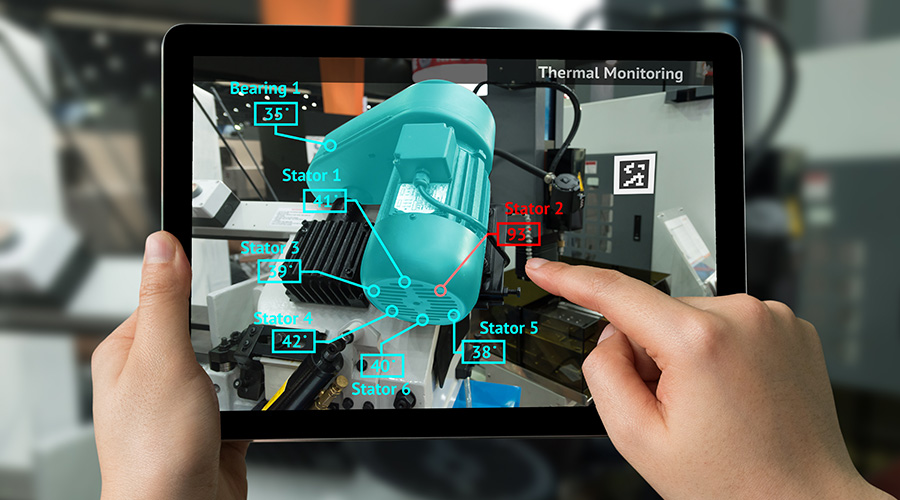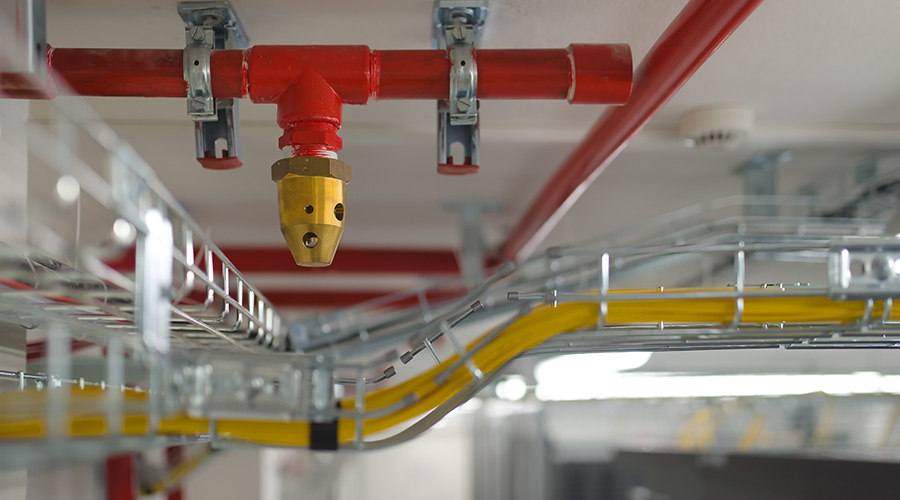Code Considerations for Inspecting, Testing, and Maintaining Fire Alarm Systems
Refer to Chapter 14 of NFPA 72 to understand minimum levels of performance for fire alarm systems.
Fire alarm systems play an important role in the ability of institutional and commercial facilities to provide early warning to and safely evacuate occupants during a fire emergency. The fire alarm system must operate and function properly, but it is difficult to tell if a system is fully operational just by looking at it.
Fire alarm systems are mostly made of electronics that degrade over time and can compromise system readiness, so proper maintenance, inspection and testing can ensure a system works as designed.
These steps also are required by local fire code, such as the International Fire Code 2018, 907.8: “The maintenance and testing schedules and procedures for fire alarm and fire detection systems shall be in accordance with NFPA 72.” NFPA 72 National Fire Alarm and Signaling Code covers the application, installation, location, performance, inspection, testing and maintenance of fire alarm systems.
Maintenance and engineering managers need to ensure their front-line technicians follow the code when maintaining fire alarm systems. Proper testing, inspection and maintenance also ensure systems remain in the best possible working condition and reduce costs by preventing repairs and false alarms.
Code considerations
Inspection, testing and maintenance requirements for fire alarm systems can be found in Chapter 14 of the NFPA 72. The code establishes minimum required levels of performance, but it does not establish the only methods by which departments can meet these requirements. In other words, the code allows for requirements from other sources that exceed those in Chapter 14.
Not all fire alarm systems are subject to the same environmental and ambient conditions, so meeting minimum standards of applicable codes and standards might not provide the best protection for a building. The local authority having jurisdiction (AHJ) or insurance company might recommend inspection and maintenance that exceed NFPA 72 requirements.
No matter the age of the fire alarm system, the current edition of NFPA 72 Chapter 14 requirements are retroactive and apply to the system in service. It also puts the responsibility of inspection, testing and maintenance on the building owner’s designated representative.
Chapter 14 of NFPA 72 also specifies frequencies for visual inspection and testing under tables 14.3.1 and 14.4.3.2, respectively. Technicians must conduct visual inspection of fire alarm components weekly, monthly, semiannually or annually. This inspection enables technicians to look for changes that affect equipment performance, as well as building modifications, occupancy changes, environmental conditions changes, device locations, physical obstructions, device orientation, physical damage and degree of cleanliness.
Weekly visual inspections are required for fuses, interfaced equipment, lamps, LEDs, main power supplies, and trouble signals if the fire alarm system is not monitored by a central station. If it is monitored by a central station, the frequency increases to annual. For monthly inspection, technicians should inspect lead-acid or dry-cell batteries for electrolyte levels and signs of corrosion or leaks.
Most fire alarm devices — including initiating, notification, and voice-alarm communications equipment — require semi-annual visual inspection to verify locations and conditions. Semi-annual inspections also cover nickel-cadmium and sealed lead-acid batteries, remote annunciators, surge suppressors and interfaces for fire alarm controls. All equipment is subject to annual inspection.
Related Topics:














